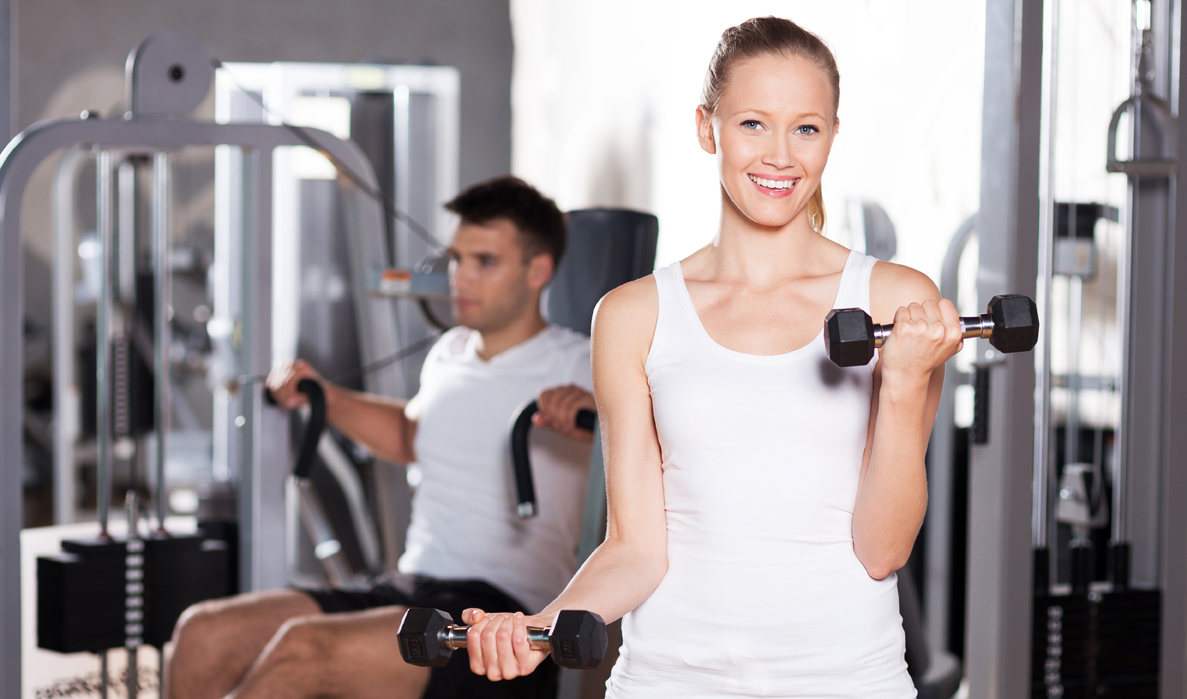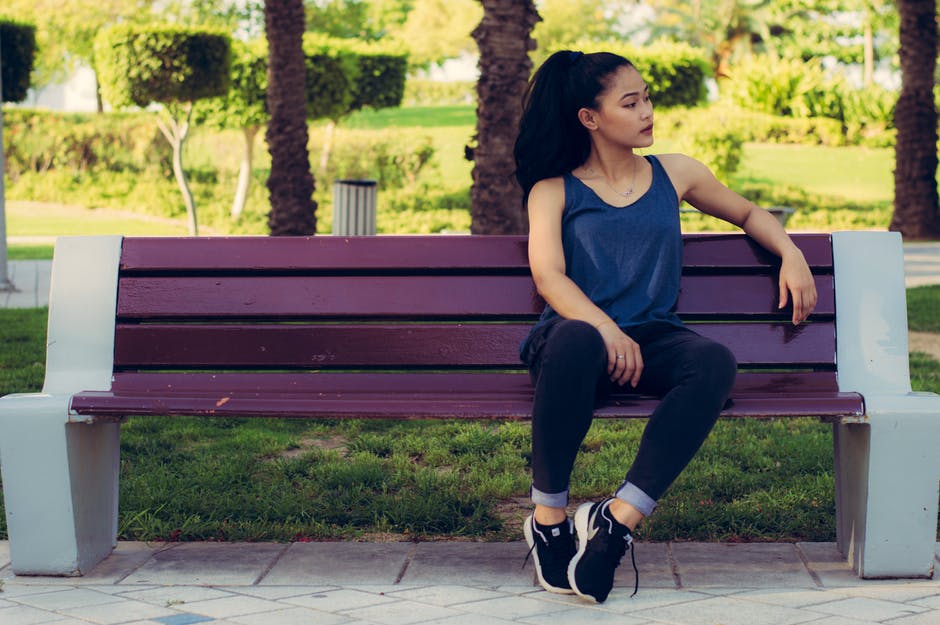The Mind/Body Connection – Programming For Year Round Success
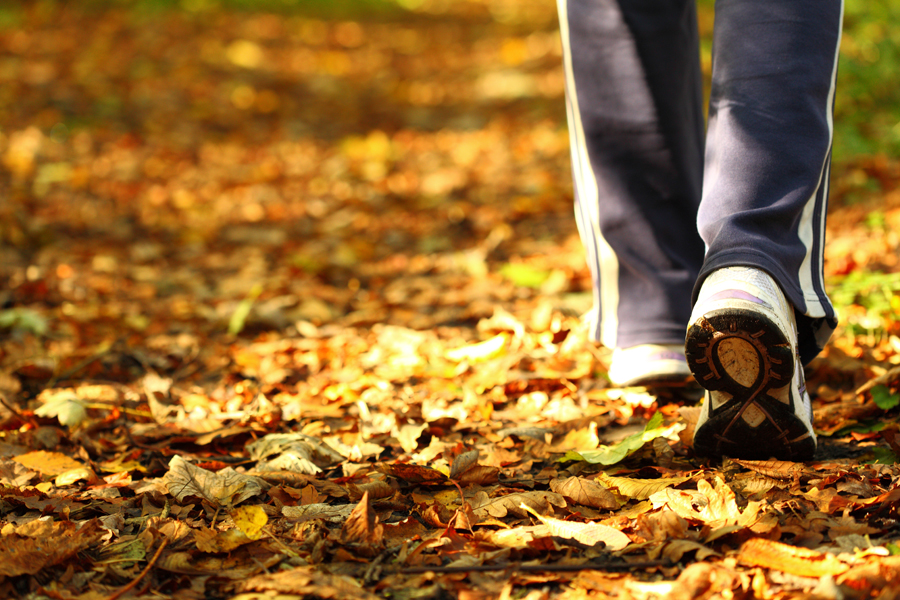 In the fall of each year, as summer fades from our view, we often find ourselves having to work diligently to “restart” our fitness activities in preparation for the holidays – and the year to come. As the seasons change to shorter days and cooler weather becomes a reality, we have to “re-think” our fitness plans/goals and address the changes that are coming – thoughtfully and carefully – in order to ensure continued growth and results.
In the fall of each year, as summer fades from our view, we often find ourselves having to work diligently to “restart” our fitness activities in preparation for the holidays – and the year to come. As the seasons change to shorter days and cooler weather becomes a reality, we have to “re-think” our fitness plans/goals and address the changes that are coming – thoughtfully and carefully – in order to ensure continued growth and results.
Being able to understand the “cycles” of life and how the changing seasons affect us is important in programming your fitness activities for the balance of the year. Success comes when we plan and evaluate again what it is we want to achieve with our fitness activities and then “re-set” our priorities to account not only for the change in the weather – but our lives as well.
I will share with you some tips on how you might maintain your momentum when it comes to fitness programming following the summer months of mostly fun activities that don’t fit the mold of “exercise”. Remembering exercise can be a form of “play” is important when transitioning to the fall and winter months that lie ahead. Let’s be creative and hopefully this article will spark a thought (or two) or maybe an idea that might help you move into the fall and winter months ready to continue challenging yourself – and not just “working out” – or “exercising”.
The Mind/Body Connection
The key to transitions in life – as well as with fitness activities – is the thought that goes into planning the program. Very often, the mind conceives of an idea that captures what it is we REALLY want to get out of our fitness activities but the heart never gets fully engaged in the plan. We THINK our way to a new plan, but do we ever really FEEL our excitement about the plan (and its possibilities) as well? This question relates to having exercise BE FUN so that you return to it again and again.
I connect my mind (thoughts) to my heart (feelings) every day when I go into my “quiet time” – visualizing and then appreciating the training I have planned for the day. What is missing in my opinion – and the most common reason people quit on their fitness activities – is that they never connect the mind – which conceives the plan – to the heart – which “experiences” the plan. If you love what you are doing – you will do it for life – just as I have done with my running program over the past 52 years.
A Note of Caution
Technology is killing physical activity and squeezing out the present moment. I see this every day at my gym: people mindlessly peddling on a stationary bike, watching TV, looking at their phones and completely disregarding the activity – and the moment. No wonder people are bored – and quit – they are not present and have no way of knowing if what they are doing is in any way fun – or useful to their purpose (if they have one in mind at all). Smart phones DO NOT need to be in the gym or constantly with us. Taking a break while we exercise is a GOOD thing. This is a time for you to enjoy and promote your own well being. Let’s release the stresses of life for even a few minutes – and learn something new about ourselves in the process!
What Should You Do?
 You should connect your mind to your body BEFORE starting your training session so that you can enjoy what you have chosen to do. This inexactly what I do. This way, I first “see” with my mind’s eye and then experience it in my imagination before I even get to the gym to train. When the “hard” days come – and they will – (especially when you have been away from planned fitness activities for a while), you need your heart and mind to communicate regularly with each other to ensure success with your plan.
You should connect your mind to your body BEFORE starting your training session so that you can enjoy what you have chosen to do. This inexactly what I do. This way, I first “see” with my mind’s eye and then experience it in my imagination before I even get to the gym to train. When the “hard” days come – and they will – (especially when you have been away from planned fitness activities for a while), you need your heart and mind to communicate regularly with each other to ensure success with your plan.
When I say everything in life starts with a thought and gets carried out into the world through the feeling side of our nature, I am saying that life is constantly communicating through our senses – thought, feelings, and intuition. With thoughts and feelings working together in harmony, you will not have to make excuses or have any regrets later because you are totally committed to your purpose. This is true personal power.
In order to be successful in executing your plan you must engage your WHOLE being in order to maximize your results. This is HOW you get through the fall and winter months – by preparing in advance with purpose – and setting goals you really want to achieve. In enjoying the journey – and learning more about yourself in the process – you can rest in the knowledge that your life works! This sounds pretty great to me!
Adherence
The issue of adherence is being answered today through technological advances that help you track your progress and also assist you in managing your behavior. By this I mean there are innumerable devices on the market that will tell you how well you have done, whether you have met your goals and also show you what you can do to improve your results. The problem as I see it is that you are still accountable and responsible for your results regardless of how much you use technology to keep you “on track”. How much fun is that?
I solved the problem of adherence early in my life by falling in love with being active as a child and then finding new ways to engage my body – and mind – as I got older. I later came to believe in recording my sessions in writing and this behavior allowed me to learn even more about my own capabilities – and potential – in the process. I found a method for staying on track naturally that worked for me and today I have complete running records dating back to 1979. I know what I have done, what I am capable of doing – and am able to set goals going forward that are based upon my results from my past and current work.
Looking back through my running records I can learn a great deal about my current capabilities based upon the goals I have accomplished. This knowledge gives me the opportunity to set my course for the coming year – and define what I want to achieve going forward. (Run a 6 minute mile on my 80th birthday for example?) It is in the process of envisioning your goals – and experiencing the results before they occur (in your mind) – that you will succeed – enabling and empowering yourself as you move toward success. Remember that everything in life – as well as fitness programming – starts in your imagination first and then gets revealed in the “real” world through your choices and activities.
Always start with what you enjoy doing most and then add additional activities as you go. Change is inevitable and if you embrace it willingly – and allow yourself the opportunity to make new choices – you will grow in confidence and commitment to your purpose. If what you are doing seems natural and fun to you – keep going and enjoy it! If not, make minor adjustments at first – and then if necessary – more significant changes later. Nothing ventured, nothing gained is the rule here.
Activities, lots of choices
The internet has many options and “meet ups” are a good way to go. There are groups for running, cycling, walking, hiking, swimming, sports related activities such as volleyball and handball or racquetball – and any interest you can imagine. Meet ups are pretty much everywhere and if not you can start your own meet up group right where you are – from workplace relationships to volunteer activities to church activities – whatever suits you.
If you find people who have a common interest in what you would like to do, the group will “keep you on track” while you share, learn and build new friendships as you accomplish your goals together. Team sports – which is another way to go – (softball, basketball, etc.) can also keep you motivated and interested in your physical wellbeing by holding you accountable to a group that needs you to participate to be successful (bowling, swimming meets, road races etc…) Going through the “tough” months on your own can be challenging, so finding support with other people who care as you do is always a great strategy.
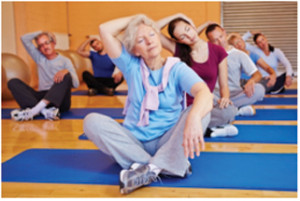 The gym setting can be challenging because you are on your own most of the time (unless you hire a trainer). The times where you can interact with others and form mutually supportive bonds with other like-minded individuals is through group exercise programs (there are many options) such as aerobic or yoga classes. Each method has value and both can be lots of fun while you learn what suits you as an individual. These and other group activities are very popular because they bring people together – enabling you to learn and share your journey together (yoga classes are particularly powerful in this way).
The gym setting can be challenging because you are on your own most of the time (unless you hire a trainer). The times where you can interact with others and form mutually supportive bonds with other like-minded individuals is through group exercise programs (there are many options) such as aerobic or yoga classes. Each method has value and both can be lots of fun while you learn what suits you as an individual. These and other group activities are very popular because they bring people together – enabling you to learn and share your journey together (yoga classes are particularly powerful in this way).
In the summer of 1982 when I joined Nautilus Plus after my wife left me, I went to as many as five aerobic classes a week because they were fun, challenging, and the music and moves helped me forget my pain for a while. I eventually went back to running but I never forgot the great help I received by participating in those classes. The instructors were young, enthusiastic, talented and absolutely LOVED teaching the classes. All in all it was a very positive and supportive experience that helped me get through a rough summer of questioning and uncertainty.
Final Thoughts
- Think of the change in the seasons and the advancing winter months as an opportunity for personal and physical growth. Don’t think along the lines: “I have to get back to exercise”. Think about the opportunity to balance out your life – and help your body in the process.
- Do commit your best effort to planning – and “feeling” – your desires and hopes for your fitness goals.
- BE PRESENT while doing your fitness activities
- Let others be a part of your plan. Include anyone who wishes to succeed with you.
- Define your activities around things you enjoy doing and continue to expand your thinking to include new and possibly exciting activities you can do by yourself – or with others if you so choose.
- Meet ups are a great way to engage other people with you as you work toward your goals. Shared goals always have a better chance for success.
- Remember burning calories should be FUN! Program fun into your goal setting
- Finally, DO NOT be afraid to change your mind about your goals – or your activities. There is NEVER one right answer for a particular challenge. There are always many possibilities. Take time to consider as many options as you can and then pick one – and KEEP ON MOVING!
Originally posted on healthynewage.com. Reprinted with permission from Nicholas Prukop.
Nicholas Prukop is an ACE Certified Personal Trainer & a Health Coach, a fitness professional with over 25 years of experience whose passion for health and fitness comes from his boyhood in Hawaii where he grew up a swimmer on Maui. He found his calling in writing his first book “Healthy Aging & You: Your Journey to Becoming Happy, Healthy & Fit” and since then he has dedicated himself to empowering, inspiring and enabling people of all ages to reach for the best that is within them and become who they are meant to be – happy, healthy and fit – and be a part of a world where each person can contribute their own unique gifts to life.


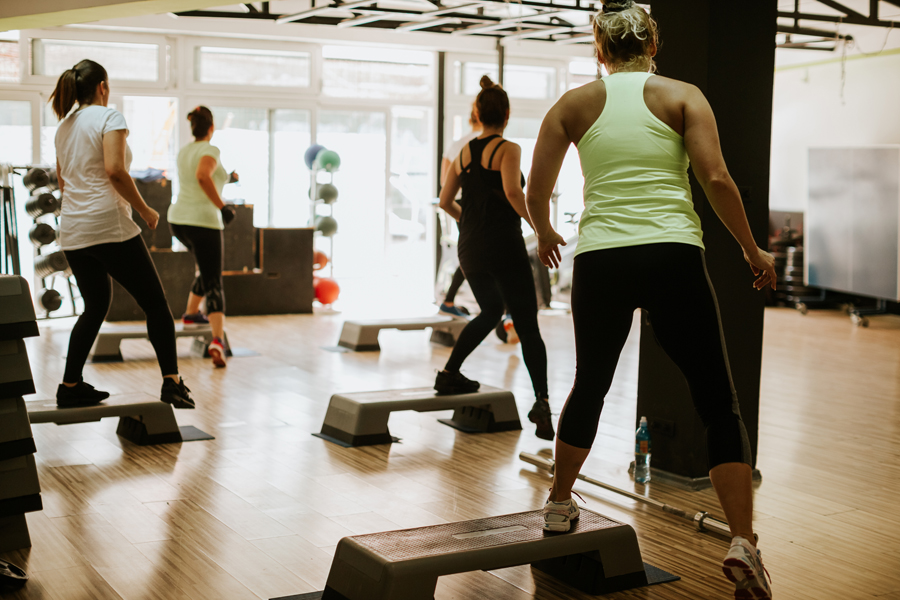
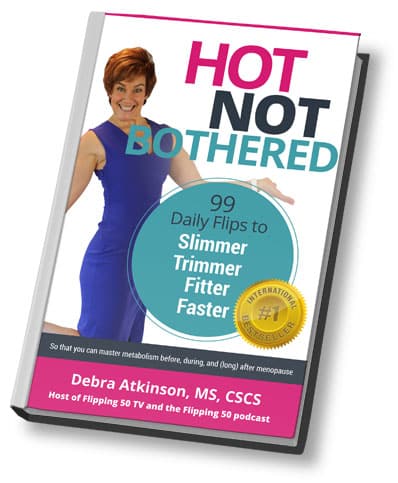
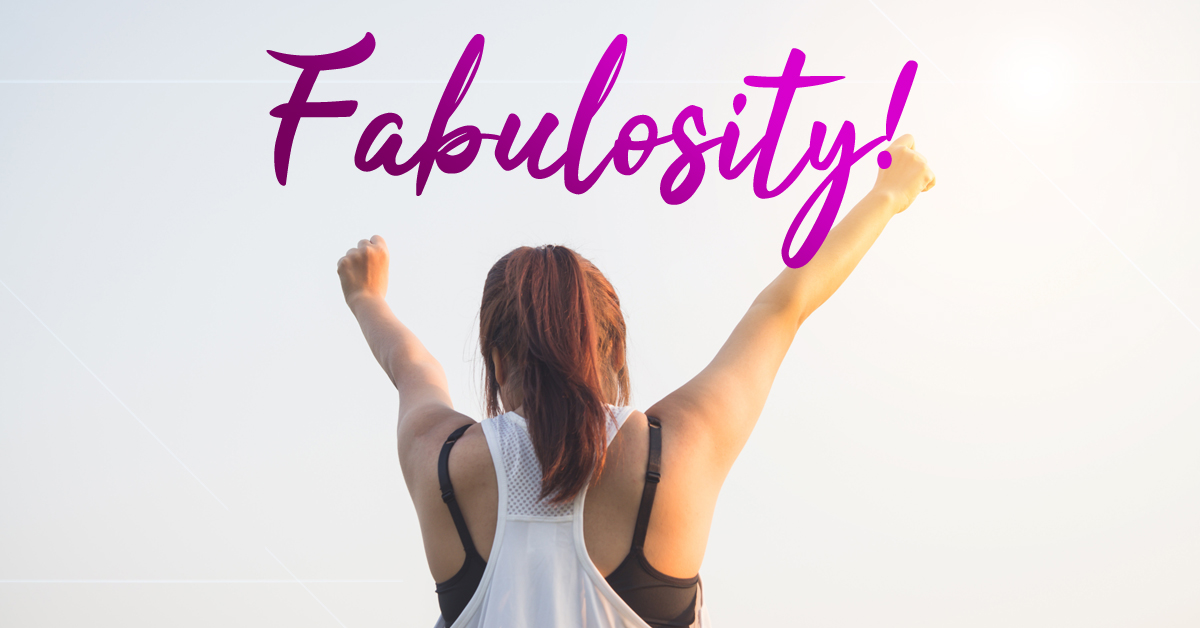
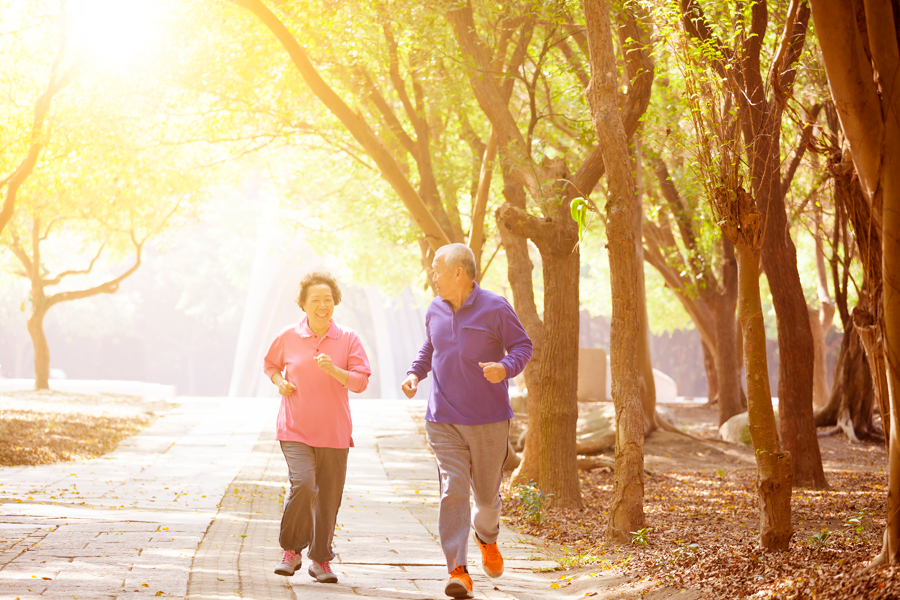
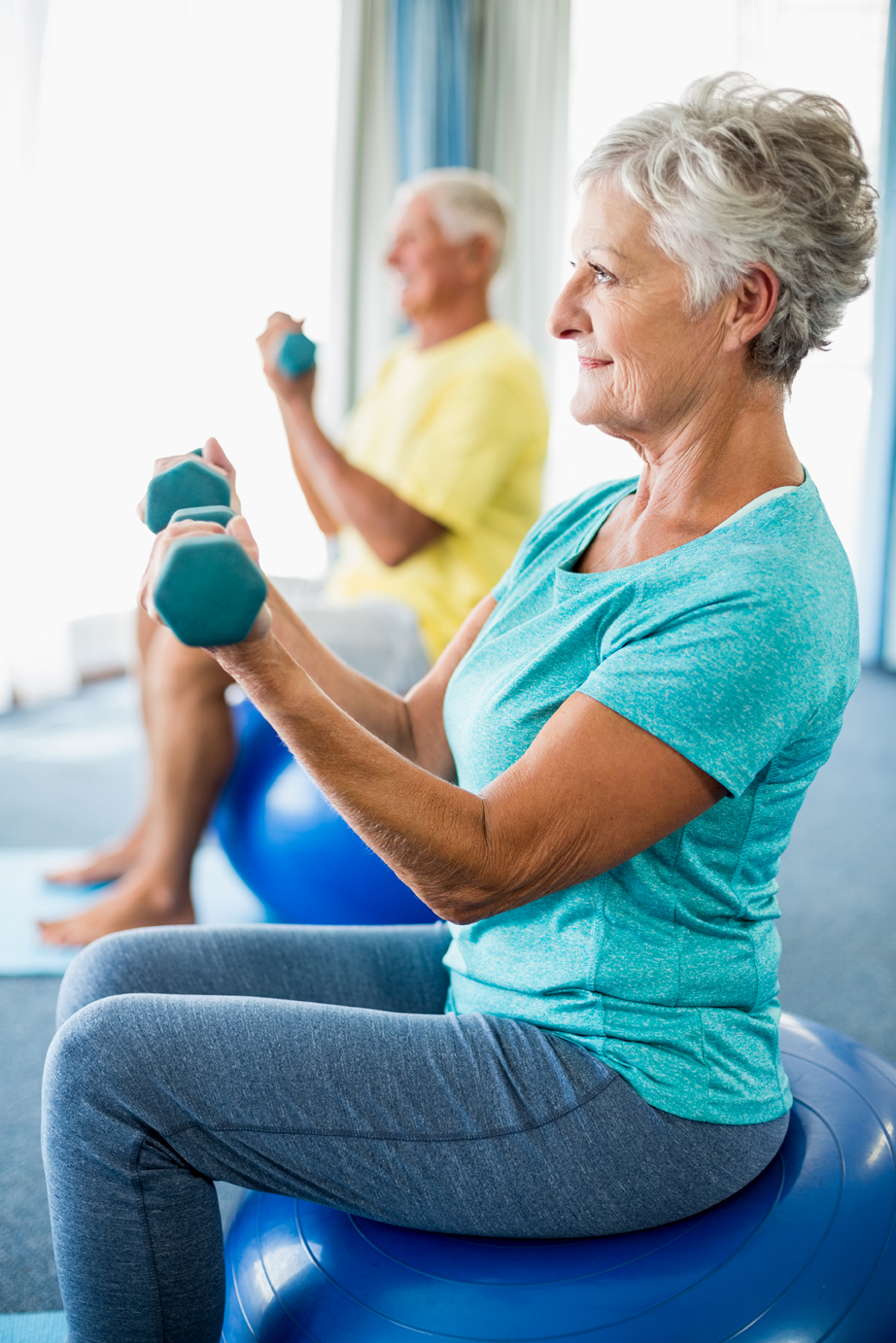 The Power of Five
The Power of Five
 Some tips to create a sleep friendly bedroom:
Some tips to create a sleep friendly bedroom: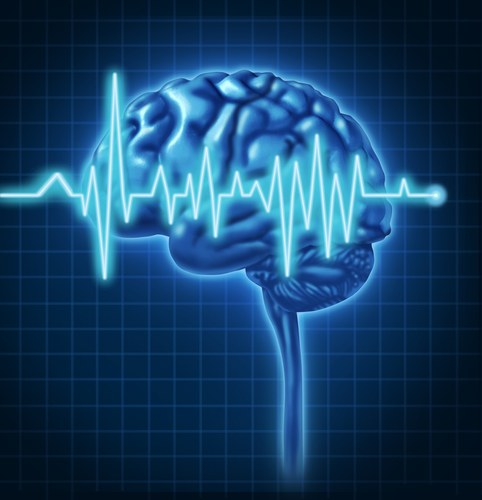
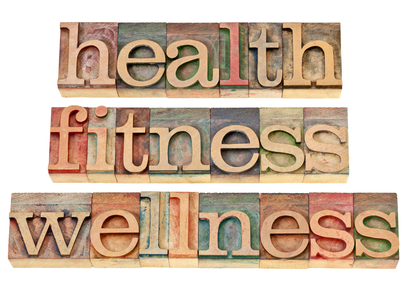 Getting fit expands your mind.
Getting fit expands your mind.